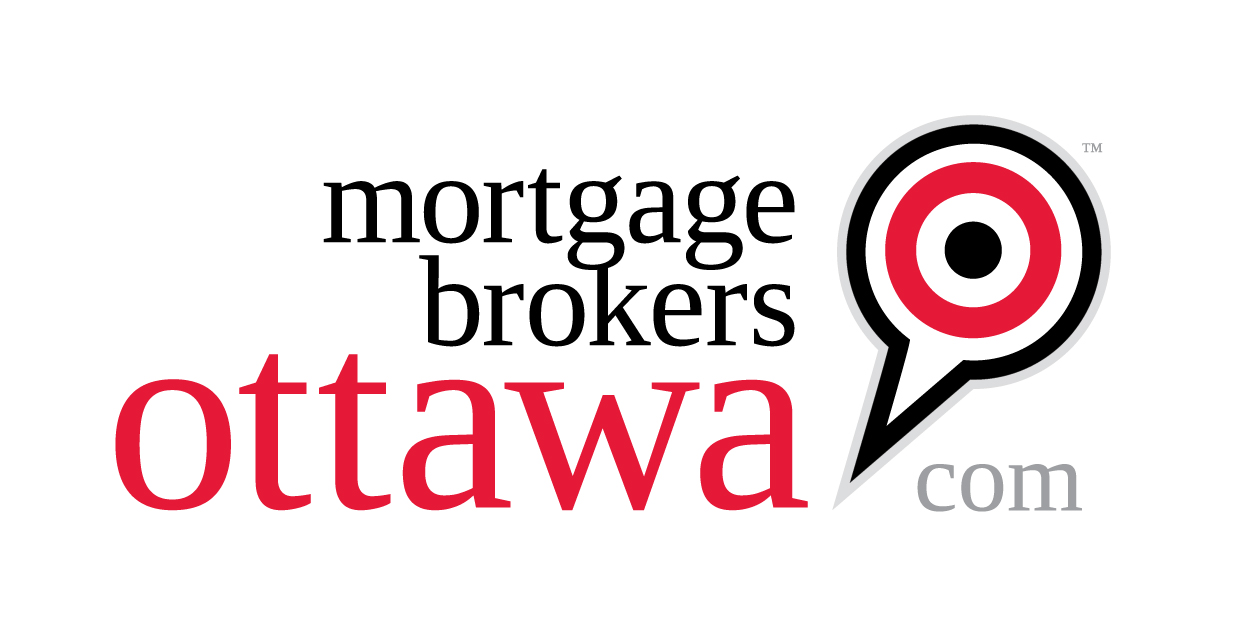How to Optimize Your Down Payment
How to Optimize Your Down Payment
Date Posted: September 11, 2024

When buying a home, the size of your down payment can significantly impact your mortgage terms and overall financial situation. For first-time buyers and those upgrading to a new home, optimizing your down payment is crucial for securing favorable mortgage conditions and achieving long-term financial stability. This guide offers strategies to help you maximize your down payment and make the most of your home-buying experience.
1. Understand the Minimum Down Payment Requirements
In Canada, the minimum down payment varies based on the purchase price of the home:
- For homes up to $500,000: The minimum down payment is 5%.
- For homes between $500,000 and $1 million: You need 5% on the first $500,000 and 10% on the amount above $500,000.
- For homes over $1 million: A minimum down payment of 20% is required.
Knowing these requirements helps you set realistic savings goals and plan accordingly.
- Tip: If possible, aim to put down more than the minimum to reduce your mortgage balance and avoid additional costs like mortgage insurance.
2. Utilize Government Programs and Incentives
Several government programs and incentives can help first-time buyers and upgraders optimize their down payments:
- Home Buyers’ Plan (HBP): Allows you to withdraw up to $60,000 from your Registered Retirement Savings Plan (RRSP) to use as a down payment. Couples can withdraw up to $120,000.
- First-Time Home Buyer Tax Credit: Provides a tax credit to help offset some of the costs associated with purchasing a home.
- Tip: Explore these programs to determine if you qualify and how they can assist in boosting your down payment.
3. Save Strategically
Building a substantial down payment requires a disciplined savings approach. Consider these strategies to enhance your savings efforts:
- Set Up a Dedicated Savings Account: Open a separate account specifically for your down payment savings. This helps you track your progress and avoid spending the funds on other expenses.
- Automate Your Savings: Set up automatic transfers from your checking account to your down payment savings account. Regular contributions, even if small, can add up over time.
- Cut Unnecessary Expenses: Review your budget and identify areas where you can reduce spending. Allocate these savings towards your down payment fund.
- Tip: Consider using a high-interest savings account or a Tax-Free Savings Account (TFSA) to grow your down payment savings with interest while avoiding taxes on your investment gains.
4. Increase Your Income
Increasing your income can accelerate your ability to save for a larger down payment. Explore the following options:
- Take on a Side Job: A part-time job or freelance work can provide extra income to contribute to your down payment fund.
- Sell Unwanted Items: Declutter your home and sell items you no longer need. Use the proceeds to boost your savings.
- Ask for a Raise: If you’re due for a salary review, negotiate a raise to increase your income and accelerate your down payment savings.
- Tip: Use any additional income or bonuses specifically for your down payment savings to maximize the impact.
5. Consider Gifts and Loans from Family
Family members may be willing to assist with your down payment by offering gifts or loans. Here’s how to approach this option:
- Gifts: Many lenders allow gifts from family members to be used towards your down payment. Ensure the gift is documented properly and complies with lender requirements.
- Family Loans: If a family member offers to lend you money for your down payment, create a formal agreement outlining the terms of the loan, including repayment schedule and interest rates.
- Tip: Communicate openly with family members about their willingness to assist and ensure any financial support is documented to avoid future misunderstandings.
6. Optimize Your Budget and Financial Health
Maintaining a healthy budget and financial profile can help you save more effectively for a down payment:
- Create a Detailed Budget: Track your income and expenses to identify areas where you can save more. Allocate additional funds towards your down payment savings.
- Improve Your Credit Score: A higher credit score can help you secure better mortgage terms, which may allow you to save more on your mortgage payments and put additional funds towards your down payment.
- Reduce Debt: Paying down high-interest debts can free up more money for savings. Focus on reducing credit card balances and other liabilities.
- Tip: Regularly review and adjust your budget to stay on track with your savings goals and financial health.
7. Plan for Future Changes
When optimizing your down payment, consider your future financial plans and potential changes:
- Future Expenses: Account for any upcoming major expenses, such as education or large purchases, and plan your savings strategy accordingly.
- Market Conditions: Stay informed about real estate market trends and interest rates. If you anticipate changes, adjust your savings goals to align with your home-buying timeline.
- Tip: Periodically reassess your financial situation and savings strategy to ensure you’re on track to meet your down payment goals.
Conclusion
Optimizing your down payment is a crucial step in the home-buying process, whether you’re a first-time buyer or upgrading to a new home. By understanding minimum requirements, utilizing government programs, saving strategically, increasing income, and considering family support, you can maximize your down payment and secure favorable mortgage terms. Effective budgeting and planning for future changes will help you achieve your homeownership goals and ensure a smooth transition into your new home.
